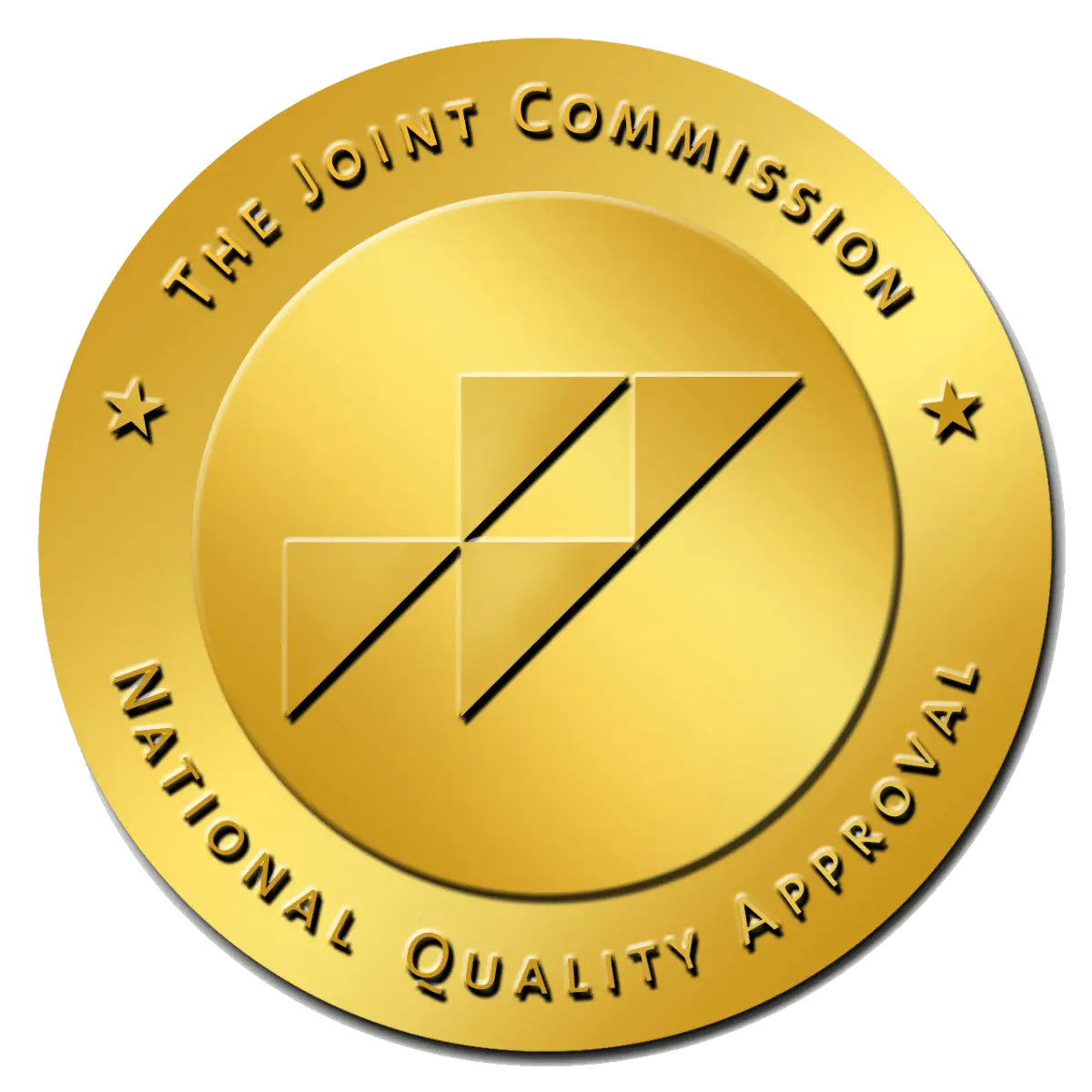The Presence of Fentanyl in Cocaine
Written by: Michelle Beaupre, PhD, LCSW | Reviewed by: Christian Small, MD
The mixing of fentanyl in cocaine has become a troubling and dangerous trend in the illicit drug market. Fentanyl, an opioid that is up to 100 times more potent than morphine, is increasingly being found in non-opioid substances, including cocaine. This contamination poses severe risks for unsuspecting users, contributing to an alarming rise in overdose deaths.
According to the Centers for Disease Control and Prevention (CDC), synthetic opioids like fentanyl were involved in approximately 74,702 drug overdose deaths in 2023. While overall overdose fatalities showed a slight decline, deaths involving cocaine rose from 28,441 in 2022 to an estimated 29,918 in 2023. This increase reflects the growing presence of fentanyl in stimulant drugs, turning them into lethal combinations.
The consequences of this lethal mixture include heightened risks of overdose, respiratory failure, and sudden death. Survivors often face severe addiction to opioids alongside stimulant dependency, making recovery even more challenging. Understanding why fentanyl is found in cocaine and recognizing its devastating effects is critical for addressing this crisis and encouraging individuals to seek professional resources like cocaine addiction treatment.

Why Is Fentanyl Found in Cocaine?
A combination of economic motives, addiction mechanisms, and unintentional contamination drives the mixing of fentanyl in cocaine. Cocaine, a stimulant that heightens energy, focus, and euphoria, interacts dangerously with fentanyl, a depressant known for sedation and extreme potency. This combination, often called a “speedball,” creates a life-threatening cocktail. Tragically, most users ingest this mixture unknowingly. Below are the key reasons fentanyl is being introduced into cocaine supplies:
Fentanyl as a Cost-Efficient Additive
Fentanyl is significantly cheaper to produce than cocaine. While cocaine production requires labor-intensive cultivation of coca plants, fentanyl can be manufactured synthetically in laboratories with far less effort and expense. Drug suppliers exploit this cost difference by “cutting” cocaine with fentanyl to stretch their product and maximize profits.
This practice not only reduces the quality of the cocaine but also amplifies the risks for users, who may unknowingly ingest a drug they never intended to use. For suppliers, the financial gain outweighs the danger it poses to consumers, leading to the widespread use of fentanyl as a cost-cutting agent in the illicit drug market.
The Addictive Potential of Fentanyl
Fentanyl is one of the most potent opioids available, and its high addictive potential makes it a lucrative substance for drug dealers to include in cocaine. When users unknowingly consume fentanyl-laced cocaine, they may develop a physical dependence on opioids alongside their existing dependency on stimulants like cocaine.
This dual addiction increases the likelihood of repeat purchases, creating a more reliable supplier customer base. The addictive properties of fentanyl also mean that users may experience withdrawal symptoms that compel them to continue using the drug, even if they suspect it contains unwanted substances.
Cross-Contamination During Production
Not all cases of fentanyl in cocaine are intentional. Cross-contamination often occurs during production, packaging, or transportation. Suppliers frequently process multiple drugs in the same facilities or use shared equipment, leading to the accidental mixing of substances.
For example, a batch of cocaine may become contaminated with residual fentanyl left on cutting tools, surfaces, or packaging materials. This unintentional exposure can still have fatal consequences, as even trace amounts of fentanyl are sufficient to cause an overdose. The lack of regulation in illicit drug manufacturing exacerbates this issue, leaving users at the mercy of an unregulated and dangerous supply chain.
The Dangers of Fentanyl in Cocaine
Fentanyl is up to 50 times more potent than heroin and 100 times more potent than morphine. This extreme potency means even minuscule amounts can be fatal. When fentanyl is mixed with cocaine, users face compounded risks:
- Increased Overdose Risk: The stimulant effects of cocaine can mask the depressant effects of fentanyl, leading users to take higher doses, which can result in respiratory failure. Cocaine’s energy-boosting properties often give users a false sense of safety, but fentanyl’s ability to suppress breathing can quickly turn deadly.
- Unpredictable Effects: Because fentanyl is not evenly distributed in cocaine mixtures, one batch may have deadly amounts while others contain none. The inconsistent potency creates a scenario where users can never predict how their body will react, even if they believe they are using their usual dose.
- Addiction Development: Many users of cocaine do not realize they are being exposed to fentanyl, which can lead to opioid dependency. Repeated exposure to fentanyl, even in small amounts, can cause the body to develop a tolerance and craving for opioids, compounding the challenges of addiction.
This dual threat demands awareness and access to comprehensive treatment programs to address both stimulant and opioid dependencies effectively. Early intervention and professional care are critical for mitigating these risks and supporting long-term recovery.
Signs Someone May Be Using Contaminated Cocaine
If you suspect a loved one may be using cocaine laced with fentanyl, it’s important to recognize the signs of use and contamination. Typical symptoms of cocaine use include dilated pupils (often referred to as cocaine eyes), heightened energy, and talkativeness. However, contaminated cocaine can produce additional and more dangerous symptoms. Severe sedation may occur as fentanyl’s depressant effects counteract cocaine’s stimulant properties, causing unexpected drowsiness. Shallow or slowed breathing, a hallmark of fentanyl overdose, can become life-threatening if not addressed promptly. Confusion or disorientation may also arise from the conflicting effects of the stimulant and depressant combination, leading to cognitive impairment.
Additionally, physical signs such as nasal damage, often referred to as cocaine nose, may indicate prolonged cocaine use, regardless of whether fentanyl contamination is present. Recognizing these signs early is critical for preventing serious health consequences, including overdose, and can be lifesaving when paired with timely intervention and treatment.
Cocaine & Fentanyl Addiction Treatment How to Protect Yourself and Loved Ones
The ever-evolving illicit drug market has introduced new synthetic substances, such as pink cocaine, adding to the growing risks associated with unregulated drug use. Despite its misleading name, pink cocaine—also known as “Tusi”—is not cocaine but a dangerous mixture of MDMA, ketamine, and synthetic additives, including fentanyl. This alarming trend underscores the increasing danger of illicit substances and highlights the urgent need for awareness, prevention, and access to professional treatment.
Protecting Yourself
Education and vigilance are key to protecting yourself from the dangers of contaminated drugs. The widespread presence of fentanyl in substances like cocaine makes it impossible to know what is being consumed, even for those unaware of the risks. Avoiding all illicit drug use is the most effective way to eliminate the possibility of exposure to life-threatening substances like fentanyl. For those in recovery or struggling with addiction, professional treatment can provide a path toward a healthier, substance-free life.
Supporting Loved Ones
If you suspect someone you care about is using substances like cocaine or synthetic drugs, recognizing the signs of contamination is essential. Symptoms such as unusual sedation, shallow breathing, confusion, or physical effects like nasal damage can indicate the presence of fentanyl or other harmful additives.
Approaching a loved one with empathy and understanding is vital. Encourage open communication and guide them toward professional help. Having naloxone (Narcan) available can be lifesaving in cases of accidental opioid overdose caused by fentanyl. However, addressing the root of substance use is equally critical, which often requires comprehensive addiction treatment.

Comprehensive Addiction Treatment at Villa Oasis
Cocaine and fentanyl addiction are complex conditions requiring tailored, professional care. Comprehensive treatment programs provide the tools and support needed for long-term recovery, including:
- Medical Detox: A safe, supervised process for managing withdrawal symptoms and stabilizing the body. During this phase, many individuals may have questions about how long cocaine lasts in their system, and our medical team provides clear guidance and support to ensure a smooth detox experience. This essential step lays the foundation for successful recovery.
- Individual and Group Therapy: Addressing the psychological roots of addiction and building coping skills.
- Holistic Support: Integrating wellness practices like mindfulness and stress management to foster resilience.
Programs like those offered at luxury treatment centers can provide a compassionate environment for individuals to overcome addiction and regain control of their lives. Early intervention and professional care are critical to breaking the cycle of substance use and preventing devastating consequences.
Raising awareness and promoting prevention are vital steps toward reducing the risks posed by contaminated substances like fentanyl in cocaine. Encouraging individuals to seek professional help and supporting loved ones in their recovery journeys can save lives and offer hope for a brighter future.

